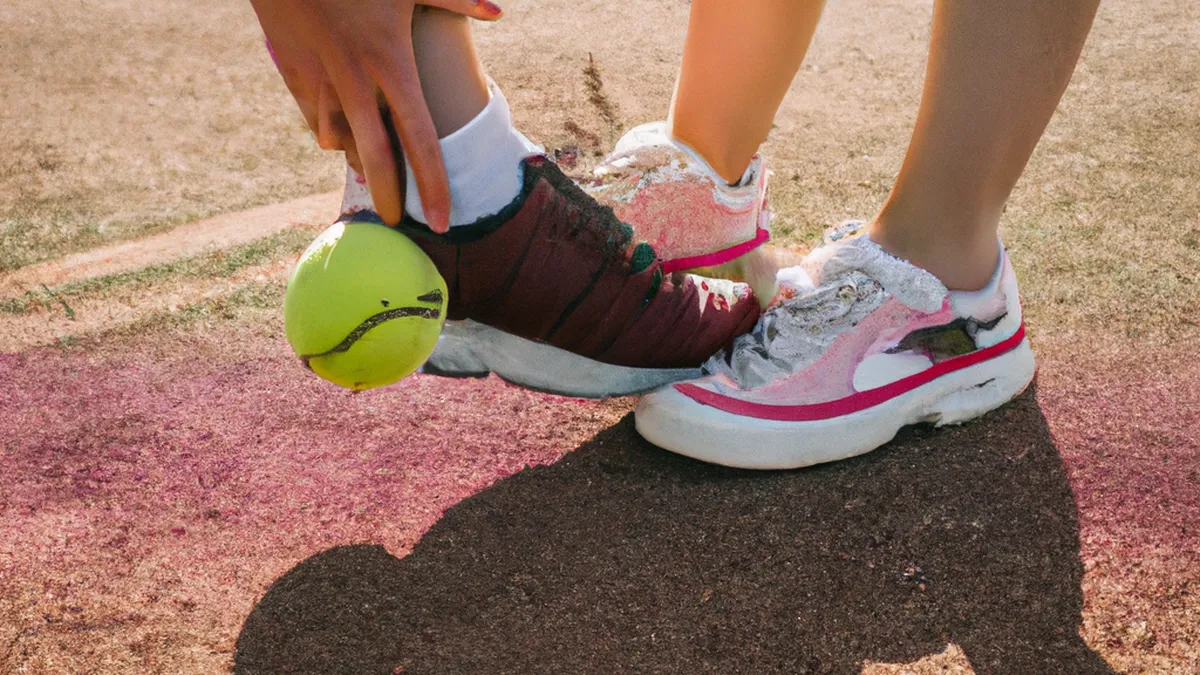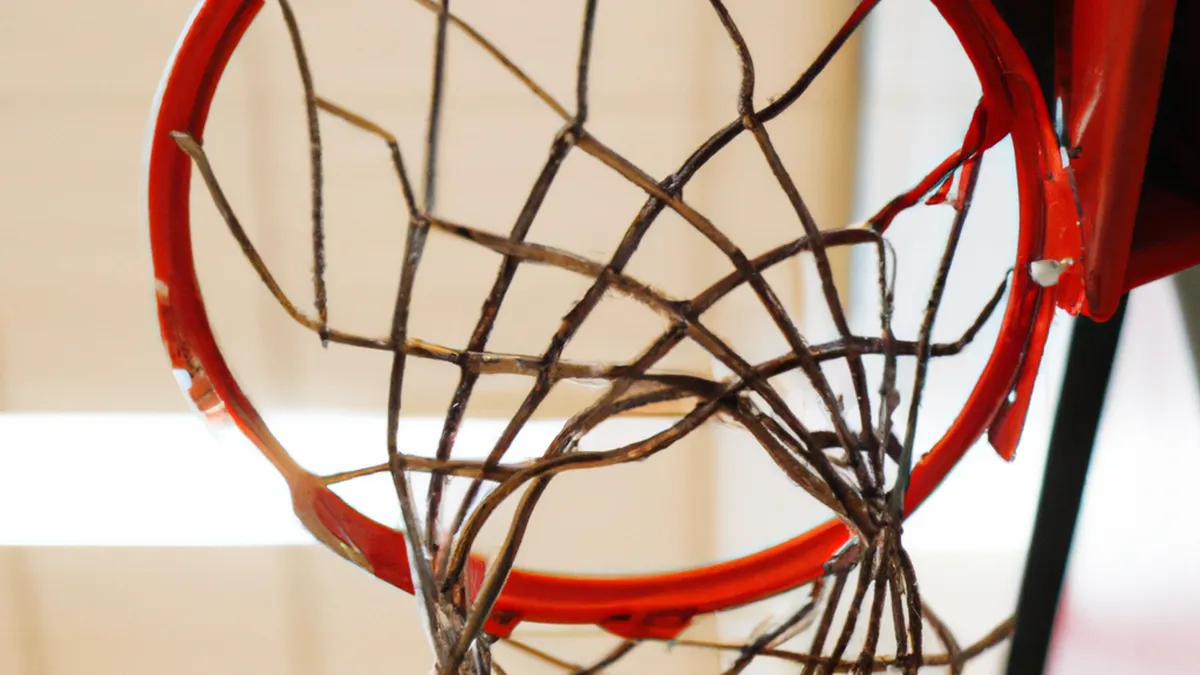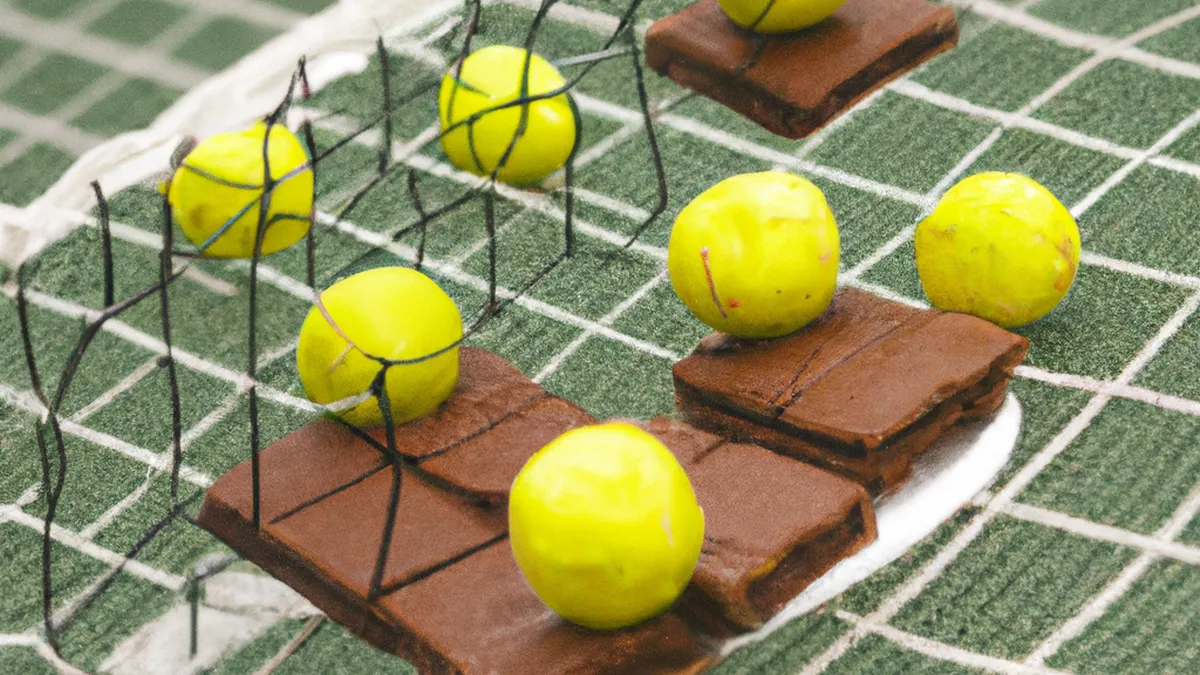Dynamic Footwork for Precise Tennis Strokes
The Relationship Between Footwork and Stroke Mechanics in Tennis
Tennis demands technical skill, physical agility, and mental acuity. Players spend hours refining strokes, serves, and volleys. However, footwork deserves equal attention. In tennis, footwork forms the foundation for effective stroke mechanics. This post explores the relationship between footwork and stroke mechanics, showing how movement enhances performance. We also provide tips to improve footwork and highlight its benefits.
Gear tip: consider agility cones, speed ladder and sport insoles to support this workout.
Understanding Footwork in Tennis
Footwork includes a player’s movement on the court, focusing on positioning, balance, and movement patterns. Players navigate the court with speed and precision, positioning themselves optimally to strike the ball. Mastering footwork significantly enhances stroke execution.
The Importance of Positioning
Proper positioning is crucial in tennis. Players who anticipate the ball’s trajectory move effectively. Good footwork allows players to position themselves optimally, enabling them to hit the ball at the right moment. Timing generates power and control, essential for effective shots. Players who position themselves accurately execute shots with precision, increasing their success rate.
Balance and Stability
Balance plays a vital role in executing strokes. A stable stance allows players to swing freely and confidently. Strong footwork contributes to stability, enabling smooth transitions between movement and striking. Well-timed footwork ensures players are grounded, allowing them to execute shots without losing control. When footwork falters, players often become unbalanced, leading to mistimed shots and errors.
Tips to Improve Footwork and Stroke Mechanics
Improving footwork requires commitment and practice. Here are some effective tips:
1. Work on Agility Drills
Incorporate agility drills into your training. Ladder drills, cone exercises, and shuttle runs enhance foot speed and coordination. These drills mimic tennis movement patterns, building muscle memory. Improved agility helps players position themselves better for various shots.
2. Focus on Split Steps
The split step sets the stage for effective footwork. This quick hop prepares players for movement.
Conclusion
Strong footwork enhances stroke mechanics and overall tennis performance. Prioritize footwork to achieve better results on the court.
Below are related products based on this post:
FAQ
Why is footwork important in tennis?
Footwork is crucial in tennis because it forms the foundation for effective stroke mechanics. Proper footwork allows players to position themselves optimally, enhancing their ability to anticipate the ball’s trajectory and execute shots with precision, ultimately increasing their success rate.
How can I improve my footwork in tennis?
Improving footwork requires commitment and practice. Incorporating agility drills such as ladder drills, cone exercises, and shuttle runs can enhance foot speed and coordination. Additionally, focusing on the split step, which prepares players for quick movement, can significantly enhance overall footwork on the court.
What role does balance play in stroke execution?
Balance plays a vital role in executing strokes in tennis. A stable stance allows players to swing freely and confidently. Strong footwork contributes to stability, ensuring smooth transitions between movement and striking. When footwork falters, players can become unbalanced, leading to mistimed shots and errors.















Post Comment